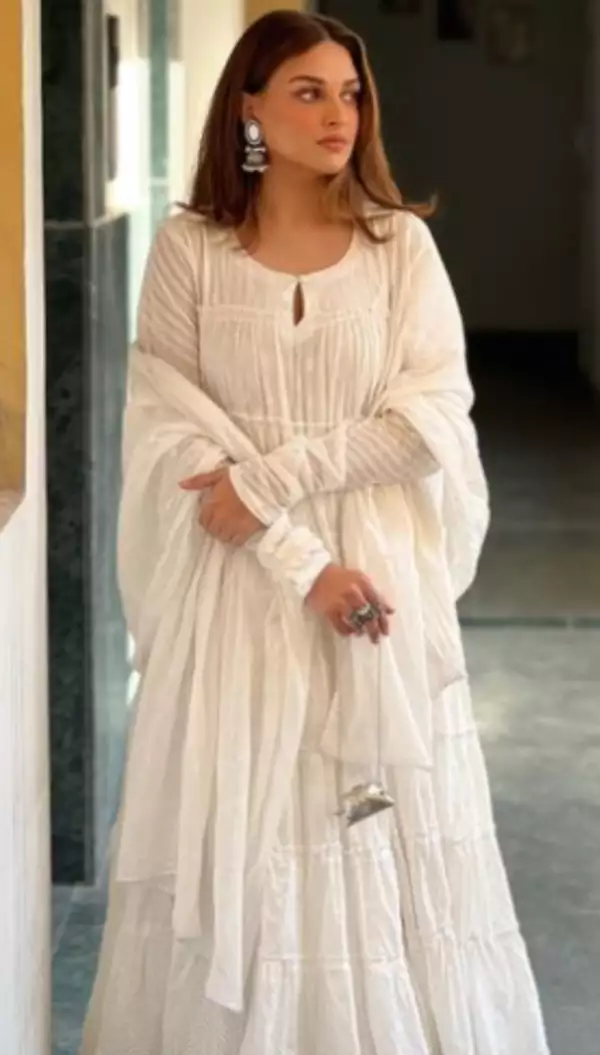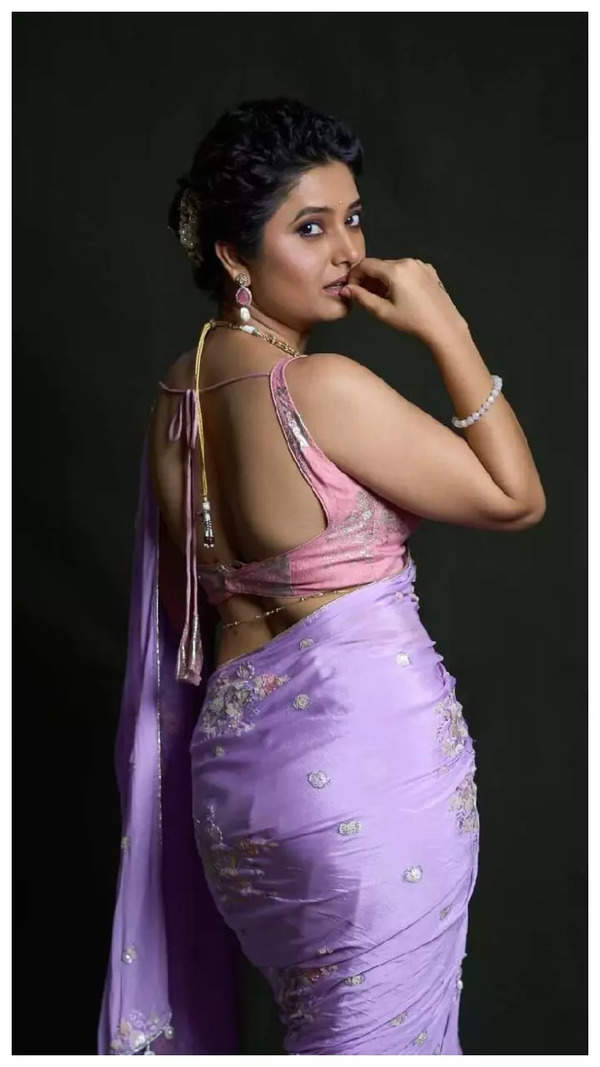- News
- Imagination Over Documentation: A Fresh Look at Dutch Art
Imagination Over Documentation: A Fresh Look at Dutch Art
Award-winning art critic Laura Cumming challenges the common perception of Dutch art as mere photographic reproduction. In her latest work, she argues that 17th-century Dutch paintings are not simple documentation but carefully imagined, felt, and crafted works that reflect artists' unique perspectives on their world, transcending mere representation to capture the essence of their subjects
Listen here:
Excerpts from the interview:
Q: How do you manage to write under the pressure of the standards you set for yourself?
A:
I write about art during the week for my newspaper, The Observer, with what I think of as my right hand. I write about art for my books, art and life and the intersection between them, which is my special subject, with my left hand, if you like. My brain is playing split between these two worlds, between the professional commitments for my newspaper and then for book writing, which is where I feel a freedom and a comfort and a different kind of audience and a different kind of time scheme. And one is able to tell stories at length about painters and life and culture, and, in my case, in the new book, about sudden death and accidents and my father, who flew planes in India, in fact, in the Second World War.Q: While I was reading your books, I kept thinking you're writing self-portraits, but in a sense, a self-portrait of you emerges as well, along with your parents. And it's a leisurely pace, as if one was walking through a museum.
A:
The way you describe that perfectly goes to my experience of museums and of looking at art, which all of the people listening will know, which is that when you're in a museum, you miss paintings. There are crowds in front of paintings. There are paintings that you feel are very particularly yours because you found them and you're alone looking at them. And I think of museums as being almost like cities where people walk and they see other people. In the case of artworks, I'm thinking of them as having a kind of personality. I feel that museums are like the places that we live. And they're not very different to me, in my mind. And all of the books that I have written do have moments I've described in the current book 'Thunderclap. They are moments where a person, particularly painters, see a work of art and there's a huge moment, and the feeling that you are seeing something really radically connected to you and only to you, and everybody has a different experience of everything. All of my books are arguing the same thing, which is that the human relationship with art is entirely personal.Q: In your books you talk about the cultural and the socioeconomic context, and the lives that these individual artists lived. And you also do it in your analysis of artists who are women.
A:
I always feel that I'm a bit mutinous, about art historians, because with regard to Dutch art, and this very much goes to women painting in the mid century, in the 17th century, we're always being told what to see, what to think. This is a symbol. Here is a skull. It must be about death. Here's a piece of cheese, maybe that's about death… Dutch art is very particularly supposedly full of these, you know, warnings against mortality and vanity and so on, but they really aren't. So one argument about Dutch art is that it's all symbolic. And I think, no, they're not. They're about the incredible beauty of the world and the amazing way that light gives its grace to everything that we look at around us and so on. And they're about the wonder of art, and they're not about something very simple. And. And what is always said about Dutch art, and I think completely wrongly, is that it's a sequence of photographs. And it's so democratic, it's so all embracing, and it's so infinite in its reach through everything that you can see. Everything is imagined, remarked upon, remembered, felt and painted by the artists.Q: What I marvel at is how your writing styles are so distinct in your three books that I've seen. And yet it's you.
A:
I can't paint and I can't sculpt. And I'm terrible at taking photographs, but I appreciate them enormously. So the only thing I have is words because I can't draw. And if I could draw, maybe I would be making art. But as it is, I have the thing I have which is just words and practice with words and so on. So I'm putting words to images and things that I want to praise and things that I want the viewer to see. And it arrives out of the fact that I couldn't be an artist because I had no talent.End of Article
FOLLOW US ON SOCIAL MEDIA








